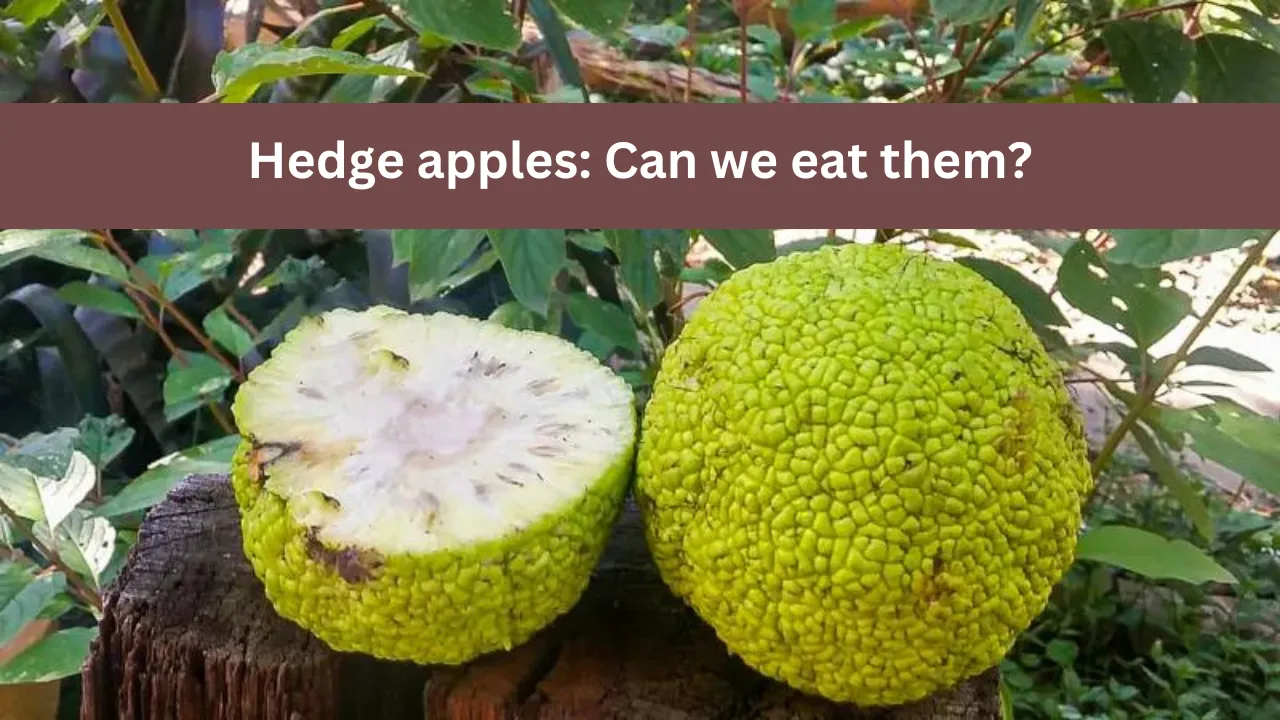As autumn draws near, the presence of hedge apples becomes conspicuous, prompting curiosity about their purpose. Contrary to the misconception that they repel spiders and roaches, hedge apples have a distinct historical role. They are well known for their contribution to ornamental items and for the use of their wood in the construction of organic boundary fences.
Commonly known as horse apples, monkey balls, Bois d’Arc, and Osage orange, these fruits carry a multitude of names.
The question arises: are they edible? Despite their various names, the taste doesn’t match the diversity. They are predominantly bitter and unpalatable, yet consumption is feasible. The U.S. Department of Agriculture’s Forest Service states that the fleshy part of the fruit is about 80 percent digestible.

Caution is advised when handling hedge apples due to the milky juice in stems and fruit causing skin irritation. Beneath the textured exterior, the flesh appears compact, ranging from creamy white to soft pale green. Inside, 200 to 300 elongated, light brown seeds are the most consumable part.
A family documented their experience with these seeds on YouTube, describing them as tasting like pine cones, with extraction taking an hour for just half the fruit.
Beyond consumption, what other purposes do these fruits serve? The strength of the wood led to its use in crafting wagon wheel rims, mine support timbers, and more. Native Americans valued the tree for making long bows and war weapons, particularly the Osage tribe, renowned for the Osage Longbow.
However, despite their reputation as insect and rodent repellents, such applications seem rooted in folklore. The belief in hedge apples’ pest-repellent oils lacks scientific backing. Regrettably, hedge apples won’t guard against bugs, as the notion lacks scientific evidence.

